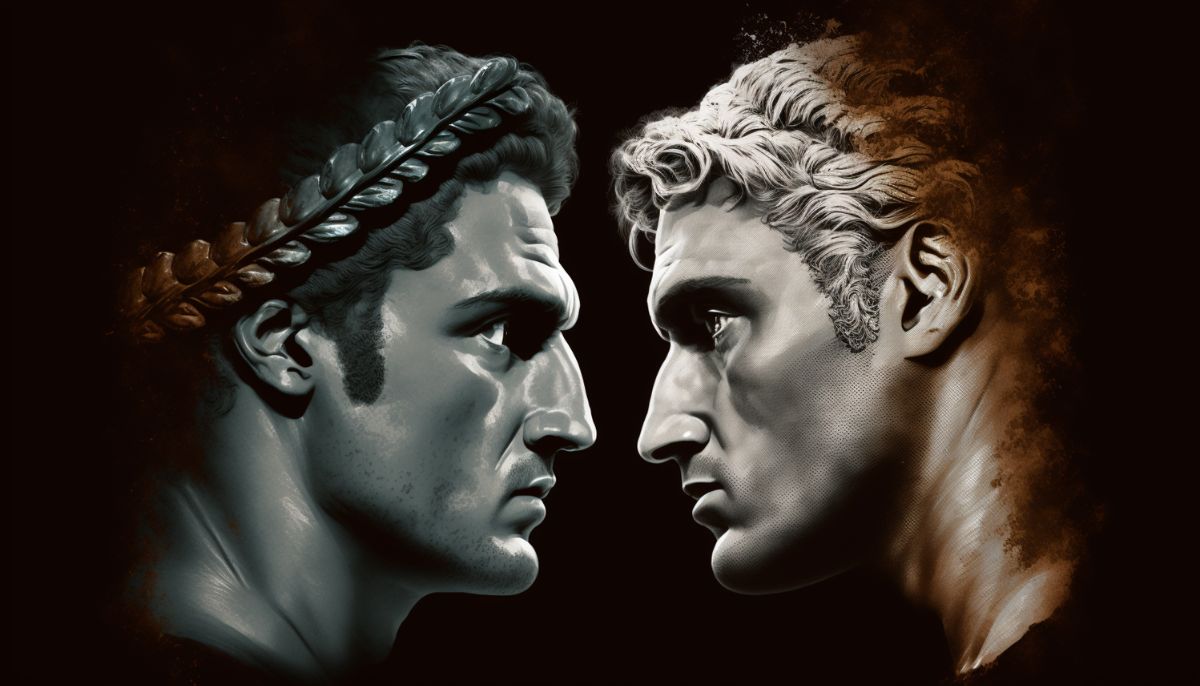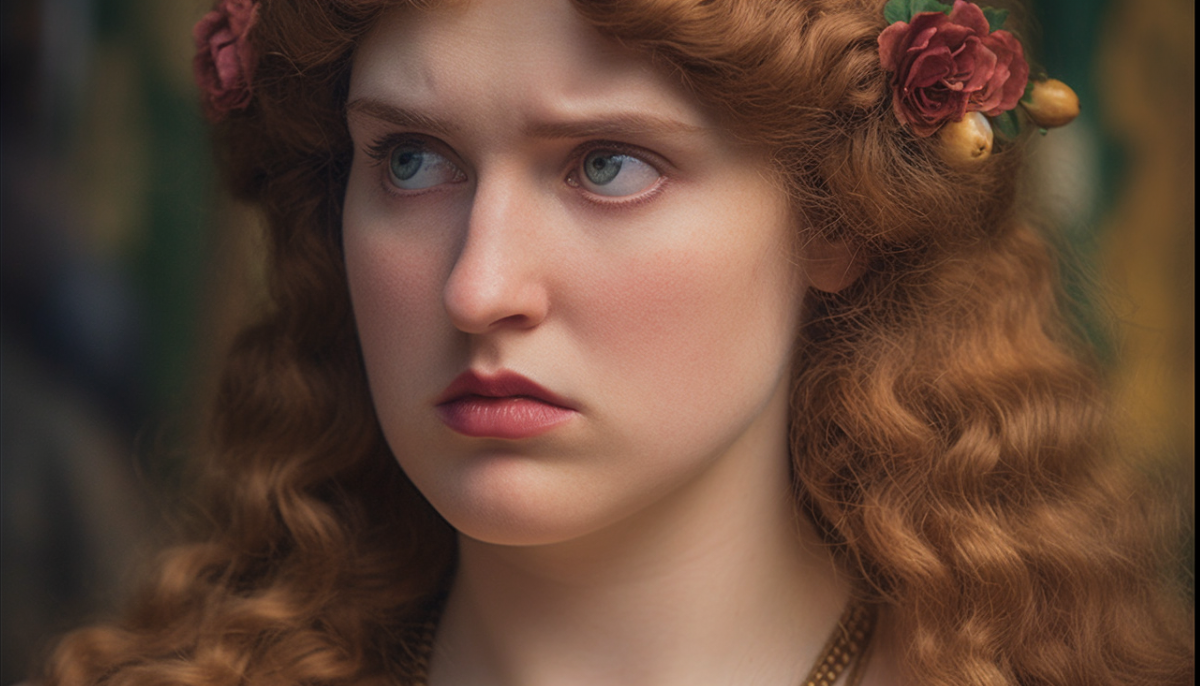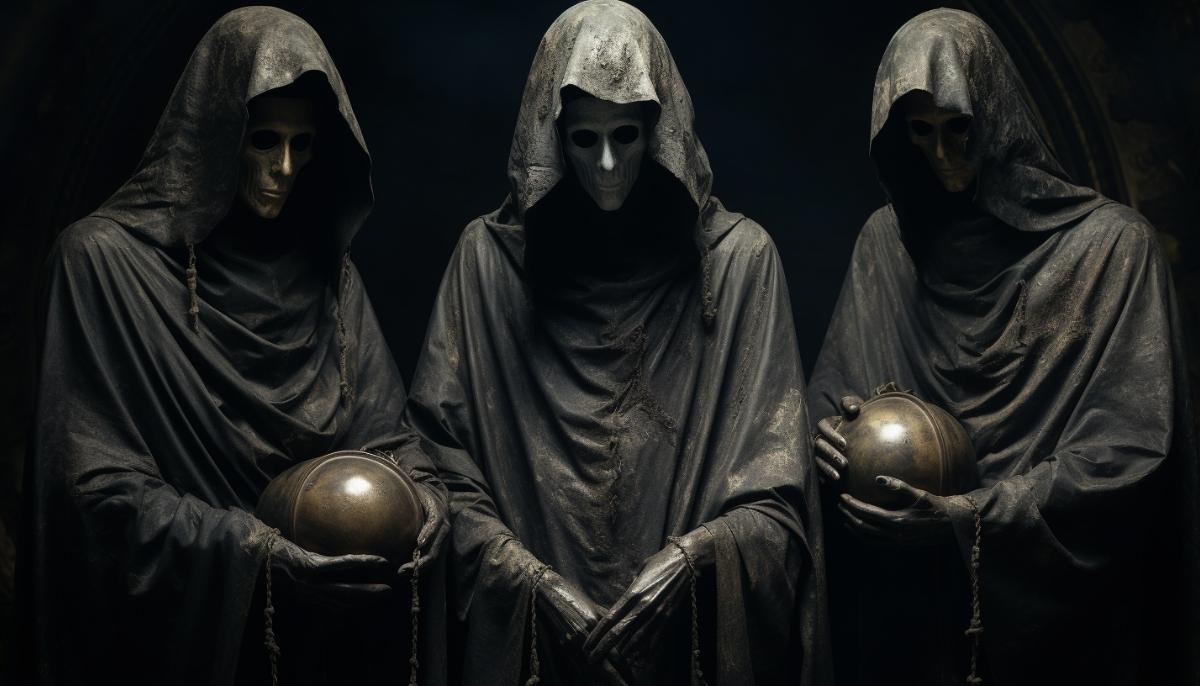Imagine if Alexander the Great aimed for Rome! Could he have reshaped history by conquering the future empire?
Join us on a thrilling journey into this hypothetical scenario.
We’ll assess Alexander’s odds against another legendary leader, Hannibal, and dissect the geopolitical and strategic factors that might have defined this epic clash. Buckle up for a riveting exploration of this captivating “what-if” moment!
Did Alexander the Great want to conquer Rome?
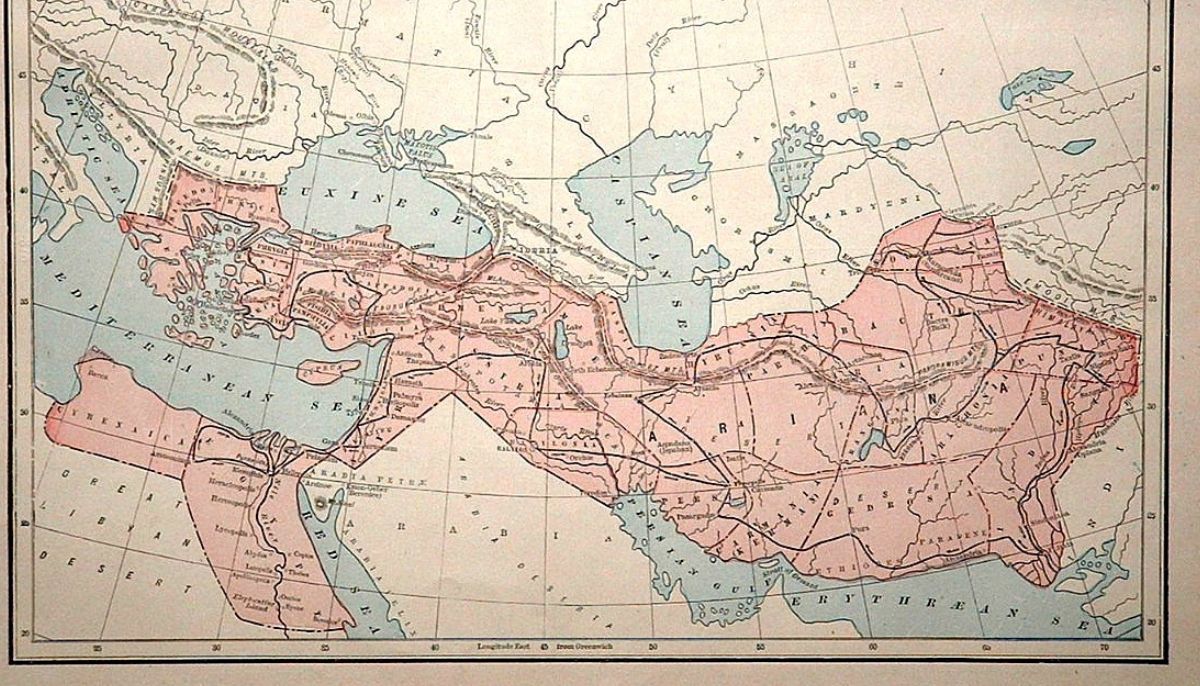
At the time of his death in 323 BC, Alexander the Great had created one of the largest empires in history, stretching from Greece to India. However, he had no plans to rest on his laurels and was already preparing for further conquests.
In the west, Alexander had two primary targets: Carthage and Rome. Carthage was a powerful city-state in modern-day Tunisia, with a strong navy and a wealthy trading network. On the other hand, Rome was still a rising power in Italy, but Alexander saw its potential as a significant rival to his empire.
Alexander had already sent envoys to Carthage to demand their submission, but they had refused. He was determined to conquer the city and secure its vast wealth and resources for his own empire.
Rome, however, was still on his distant horizon, but he had already begun to make plans to invade Italy and defeat the up-and-coming power.
Unfortunately for Alexander, he would never get the chance to pursue these plans. His sudden death at 32 left his empire in disarray, and his ambitious dreams of conquest remained unfulfilled.
However, the question of what might have happened if he had lived to see his plans through remains a tantalizing “what-if” scenario in the history of the ancient world.
Rome during the time of Alexander
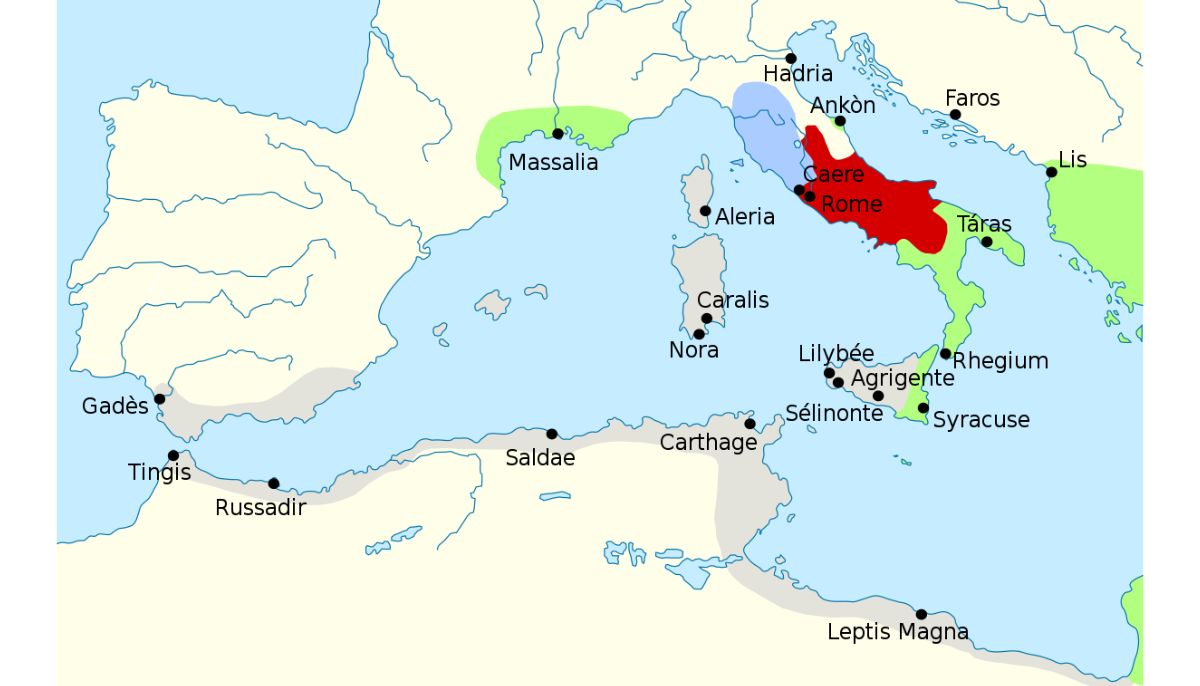
During the time of Alexander the Great, the Roman Republic was a growing regional power in the Italian peninsula. The Roman Republic was founded in 509 BC after the overthrow of the Roman monarchy and had slowly expanded its territory over the centuries.
By Alexander’s reign, the Roman Republic had conquered most of central and southern Italy and emerged as the dominant power in the region. However, it had not yet become an international power and had yet to conquer lands beyond the Italian peninsula.
During this time, the Roman Republic was engaged in a series of conflicts known as the Samnite Wars, fought against the Samnite people who lived in the central Apennine Mountains. These wars lasted from 343 BC to 290 BC and significantly challenged Roman military power.
The Strength of the Legions
The Roman army during this time fought under the Camillian system, using a chequered manipular formation. This system allowed for greater flexibility on the battlefield, allowing for swift maneuvering and adaptability to changing circumstances.
The Roman army was composed of citizen soldiers, and the legions were not permanent but instead were raised from local populations when needed.
However, this system would later undergo significant changes with the Marian reforms in the late 2nd century BC, which introduced a professional standing army and created the legion as we know it today.
Comparisons with the Second Punic War

Around 100 years after Alexander the Great’s death, the Roman Republic faced a powerful invasion from a foreign power that would become one of its greatest challenges. This invasion came from Hannibal, a Carthaginian general who led the forces of Carthage during the Second Punic War.
The Second Punic War lasted from 218 BC to 201 BC and was fought between Rome and Carthage for control over the western Mediterranean.
Hannibal, considered one of the greatest military commanders in history, led his army across the Alps and into Italy, defeating several Roman armies and gaining the support of many Italian city-states.
The success of Hannibal
Hannibal’s invasion of Italy during the Second Punic War saw him achieve several significant victories over the Roman army.
He first defeated the Roman army at the Battle of Trebia in 218 BC, then won a decisive victory at the Battle of Lake Trasimene in 217 BC, and later defeated another Roman army at the Battle of Cannae in 216 BC.
At the Battle of Cannae, Hannibal’s army of approximately 50,000 men surrounded and destroyed a Roman army of 80,000-100,000, resulting in one of the bloodiest defeats in Roman history.
Cannae is known for Hannibal’s double envelopment, considered one of history’s most brilliant battlefield maneuvers. It’s also credited as the earliest recorded use of the pincer movement in the Western world.
After these victories, many Italian city-states that had previously supported Rome switched sides and joined Hannibal’s forces. However, despite these successes, Hannibal could not capture Rome, and the city remained under Roman control.
The Fabian strategy
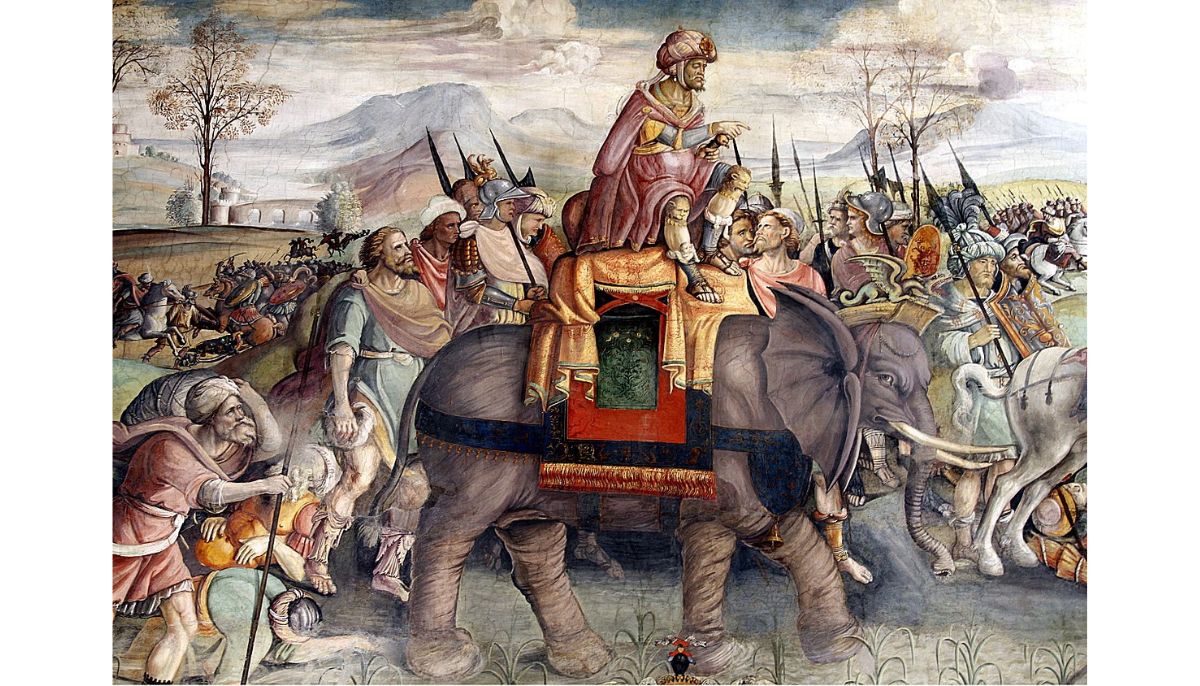
As Hannibal’s invasion of Italy gained momentum, the Roman Republic faced the daunting task of defending itself against one of the most formidable armies in history. In response to Hannibal’s tactics, the Romans developed a strategy known as the Fabian strategy, named after the Roman general Fabius Maximus.
The Fabian strategy avoided major battles with Hannibal’s army and instead engaged in a war of attrition. The Romans continually harassed Hannibal’s forces, cut off his supply lines, and slowly wore him down.
The Fabian strategy allowed the Roman Republic to survive the early stages of the war and ultimately wear Hannibal’s forces down over time. Although some criticized the strategy then, it proved effective in the long run and helped the Romans defeat Hannibal and end the Second Punic War.
Alexander’s siege tactics

While the Fabian strategy proved effective against Hannibal, it would unlikely have been as successful against Alexander the Great. The Macedonians had become experts at siege warfare, and Alexander had shown his skill in this area during the siege of Tyre in 332 BC.
During the siege of Tyre, Alexander faced a heavily fortified city on an island off the coast of modern-day Lebanon. Despite the challenges posed by the city’s fortifications, Alexander managed to capture it by constructing a causeway from the mainland to the island and using siege engines to breach the city’s walls.
This demonstrated that the Macedonians could overcome heavily fortified cities and were skilled in siege warfare. Alexander also had a highly mobile army capable of quickly responding to threats and changing tactics.
Could Alexander the Great have defeated Rome?
If Alexander had lived long enough to invade Rome, he would have likely been successful in his conquest. While Rome was a growing regional power during Alexander’s time, it was not yet the dominant force it would become in later centuries.
In contrast, Alexander had already conquered much of the known world, building a vast empire that stretched from Greece to India. His army was highly trained and experienced, having fought in numerous battles across different terrains and against various opponents.
If Alexander had achieved a victory similar to the Battle of Cannae, where Hannibal’s Carthaginian army famously defeated the Romans, he would have been able to capitalize on his success and move swiftly to set siege to Rome.
Moreover, Alexander’s army was likely more experienced and battle-hardened than the Roman legions, which were still developing their tactics and formations during this period. Alexander was also known for his ability to inspire loyalty and discipline among his troops, which would have been a formidable advantage in battle.
With his highly trained and experienced army, mastery of siege warfare, and strategic brilliance, he could have potentially conquered Rome and established himself as the dominant force in the Mediterranean world.
Want to know more about Alexander the Great?
- Alexander the Great in Egypt
- The Story of Alexander and the Gordian Knot
- Alexander the Great’s fascination with Zeus-Ammon
- Who were Alexander the Great’s lovers?
- Where is Alexander the Great buried?
- The wild conspiracy theory that Alexander is buried in St. Marks explained
What if Alexander the Great had captured Rome?
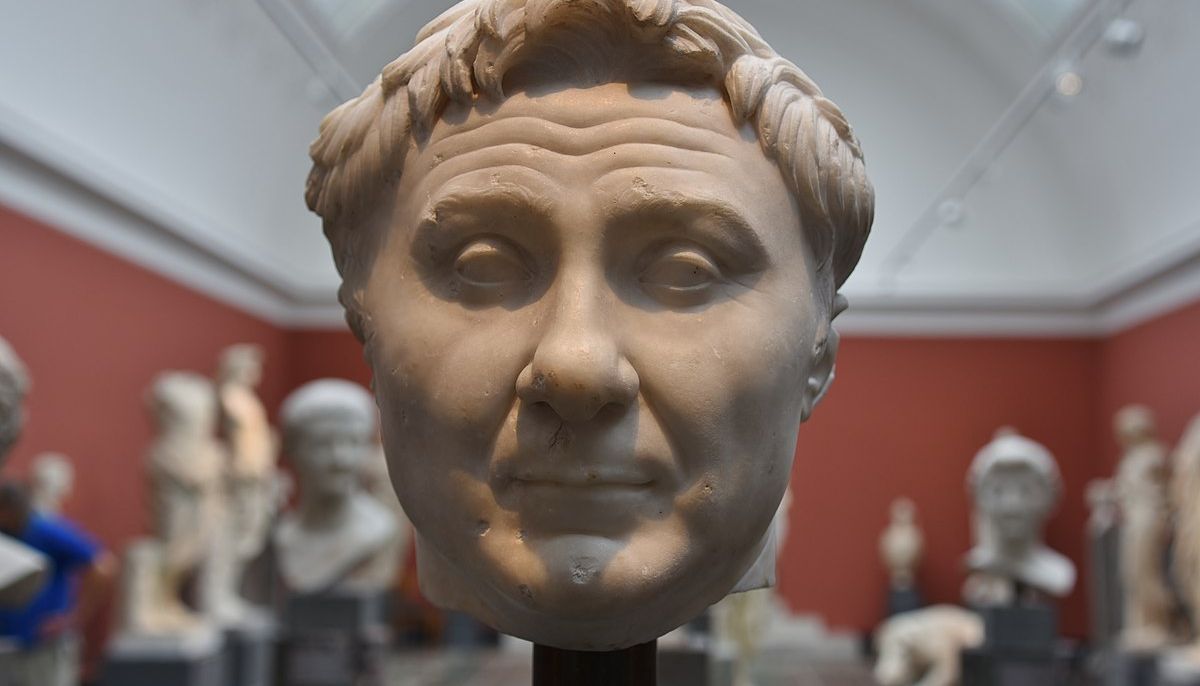
The idea of Alexander the Great capturing Rome raises intriguing questions about what would happen next.
Would the Mediterranean world have fallen under the control of the Macedonian Empire, or would it have sparked further conflicts and prevented the rise of the Roman Empire?
Let’s explore the knock-on consequences of such a hypothetical scenario.
The legend of Alexander grows
If Alexander had conquered Rome, the legend of Alexander the Great would undoubtedly have grown even further. Already celebrated as one of history’s greatest conquerors, Alexander’s legacy would have been cemented by his conquest of Rome.
Failure of the Macedonians to pacify the Italian Peninsula, inevitable revolt
One of the key factors that allowed for Alexander’s conquest of Persia to be relatively smooth was the fact that the region was already accustomed to imperial rule.
The Persian Empire had existed for centuries before Alexander’s arrival, and the people were used to being ruled by a powerful central government. When Alexander conquered Persia, he replaced one set of rulers with another.
This was not the case in Rome and Italy, where conquest would have been more difficult and time-consuming. The Italian peninsula was a patchwork of city-states, each with its unique political system and culture.
Conquering these disparate entities would have taken decades of pacification, similar to Rome’s eventual conquests of Gaul and Hispania.
Macedonian control would likely have ended in revolt when Alexander died, as there would have been no strong central government to maintain control over the conquered territories.
Rome in the Wars of the Diadochi

If Alexander had conquered Rome, the region would likely have been pulled into the bloody wars of the Diadochi, which were fought between Alexander’s former generals in the years following his death.
With the power vacuum left by Alexander’s absence, his generals vied for control of his empire, leading to decades of instability and conflict.
Given the cultural and political differences between Rome and Macedon, it is likely that the conquest of Rome would have resulted in a similar power vacuum, with various factions vying for control of the newly conquered territories.
This could have resulted in a prolonged period of instability in the region as various groups struggled for dominance.
No Roman Empire?
If Alexander had conquered Rome, the Roman Empire may never have been formed.
The empire was built on the wealth conquered from the Hellenistic kingdoms in the East by Pompey the Great. If Rome had been more divided during the Hellenistic age, it would have been less likely to have conquered the East with such ease.
This could have led to a vastly different geopolitical landscape in Europe and the Mediterranean, with Rome playing a much smaller role.
Like this article? Check out more alternate history:
